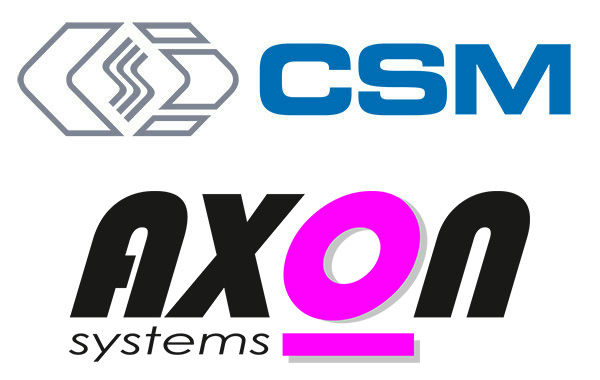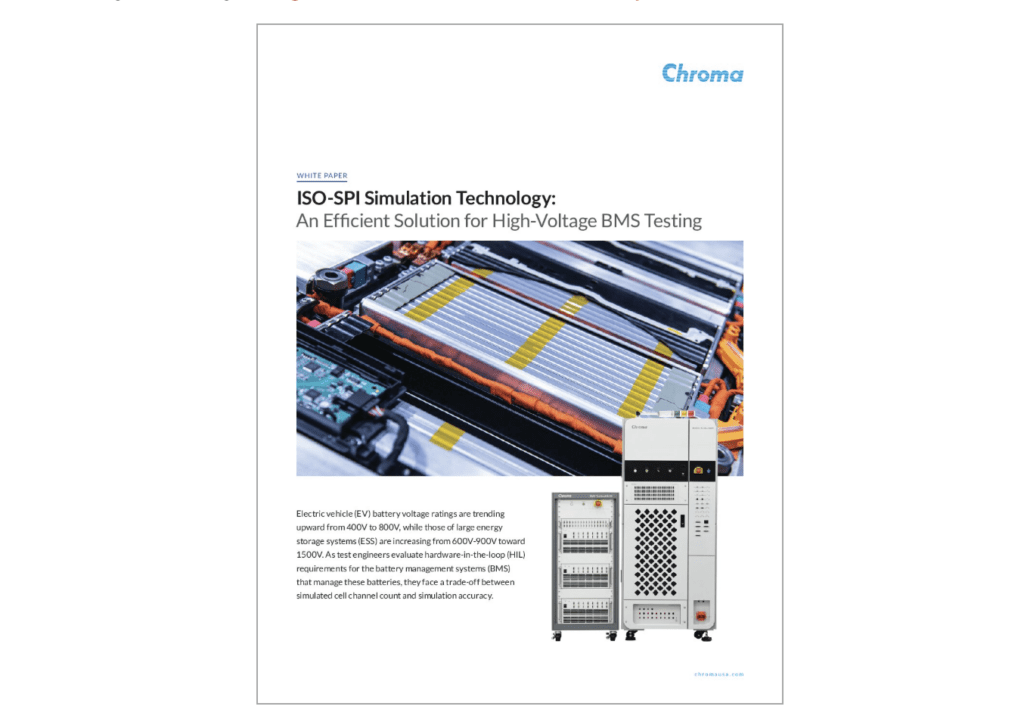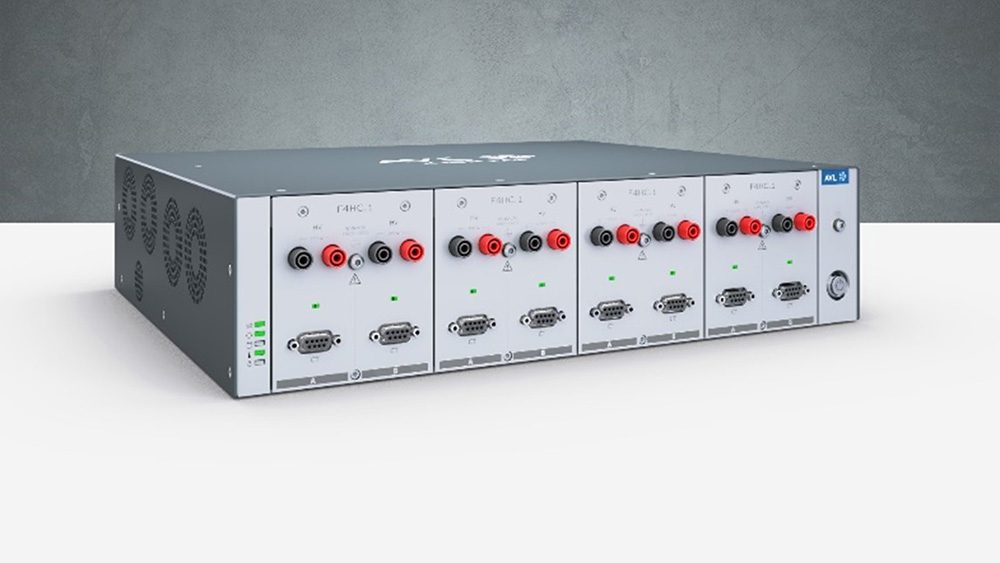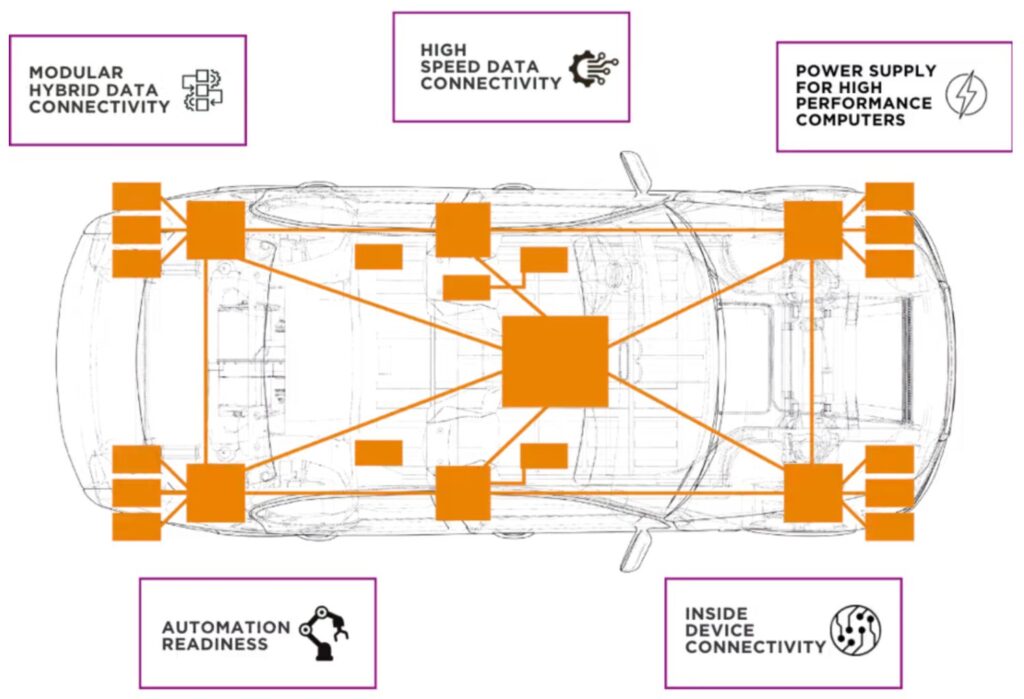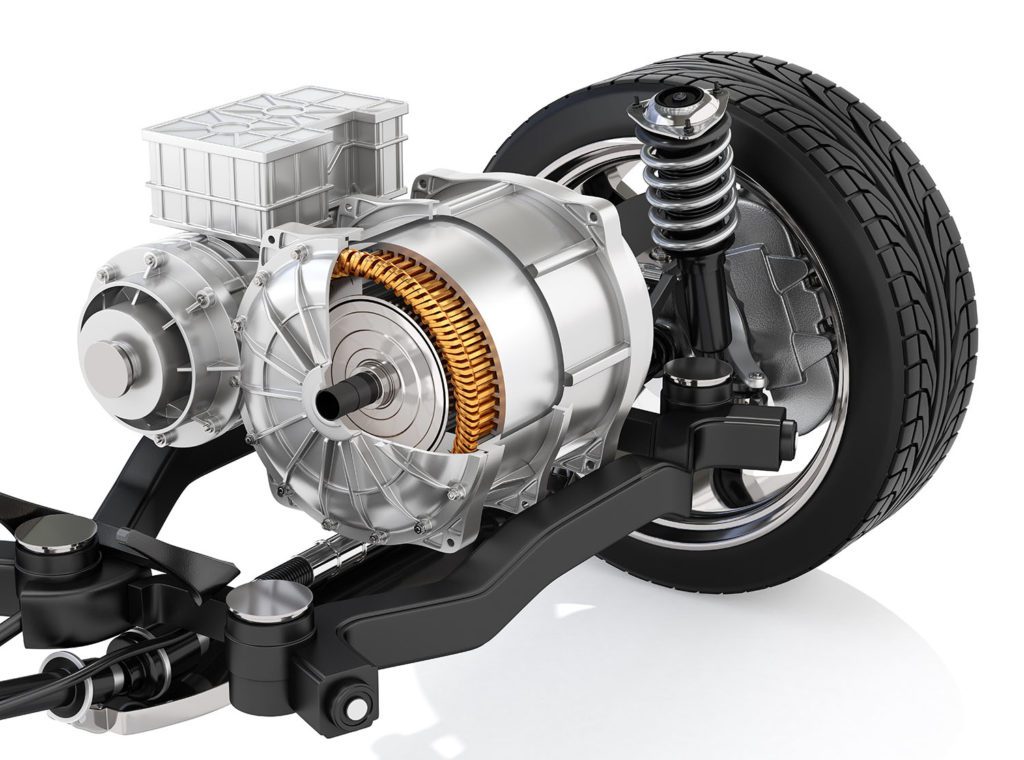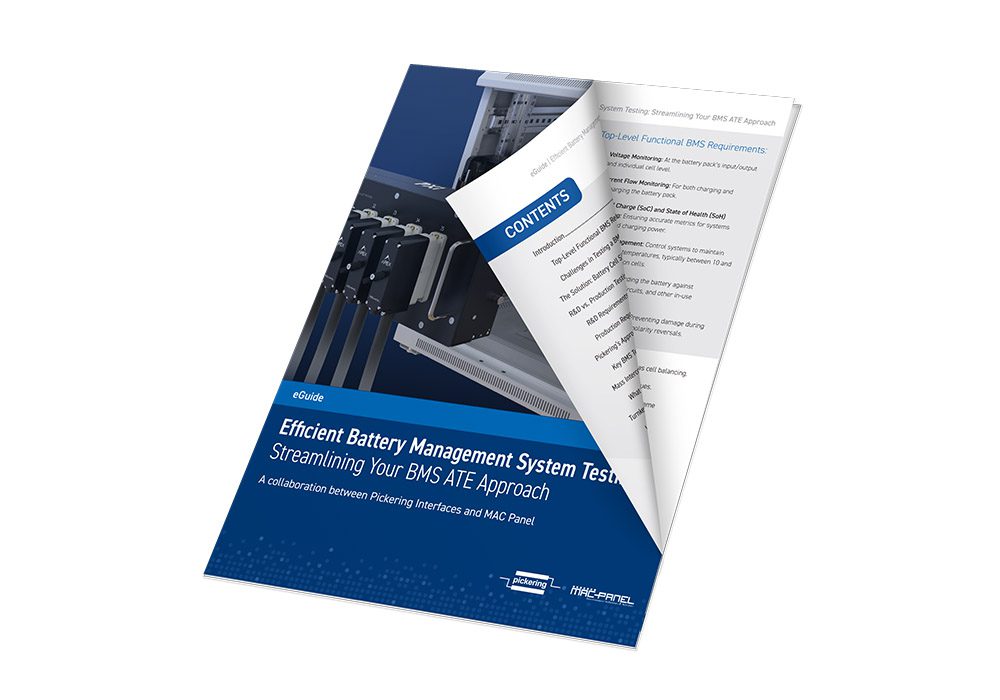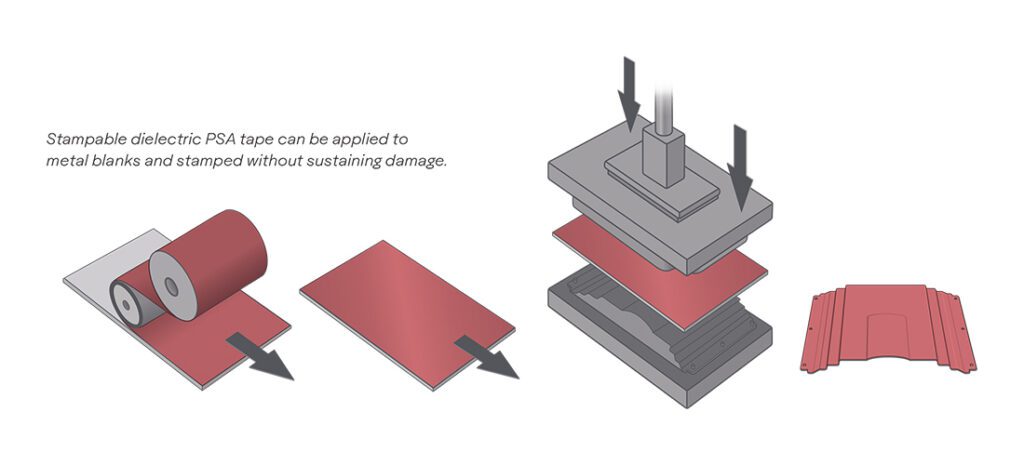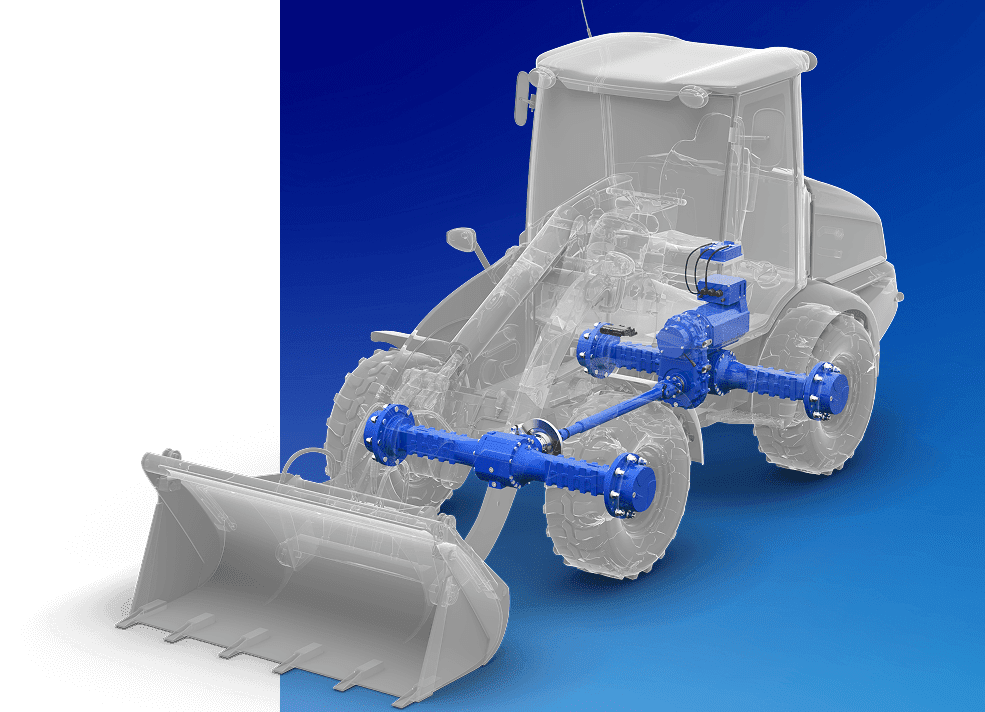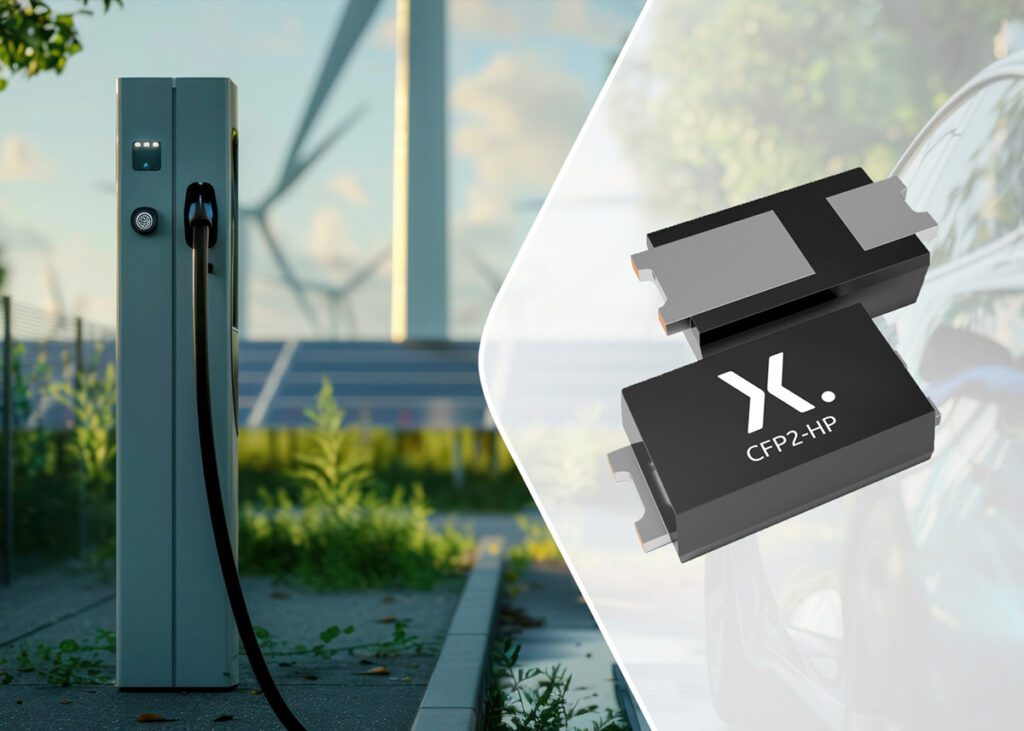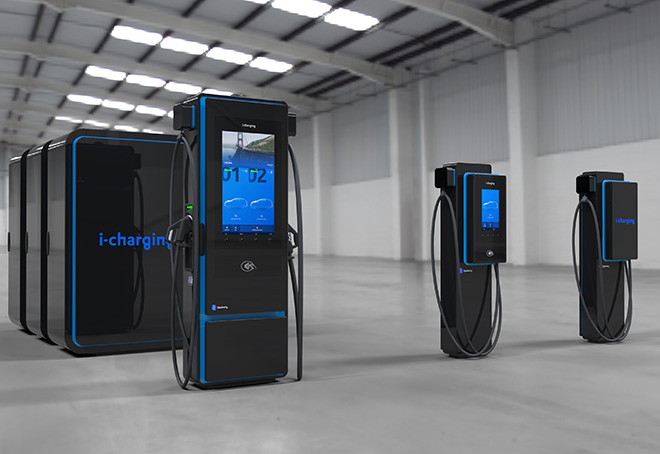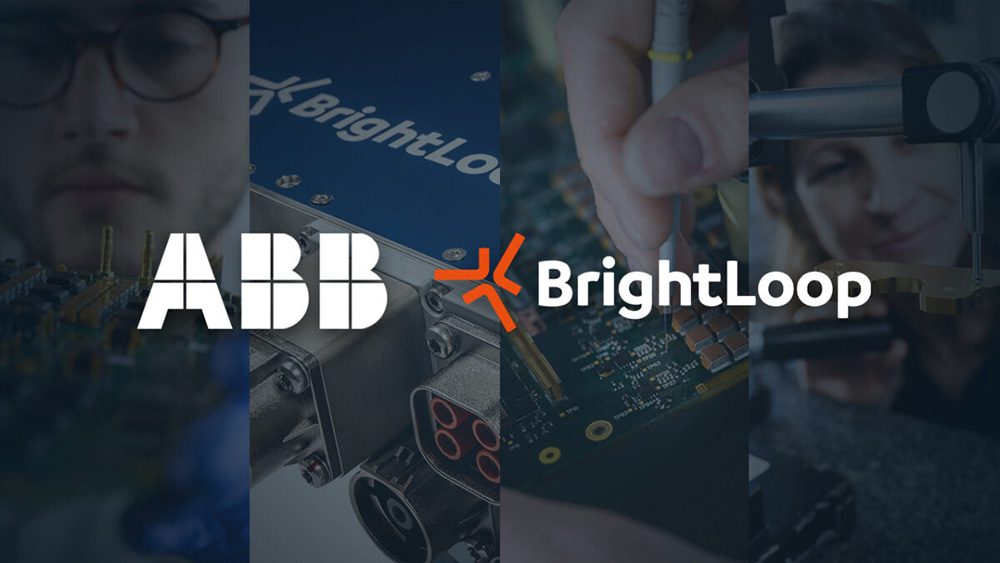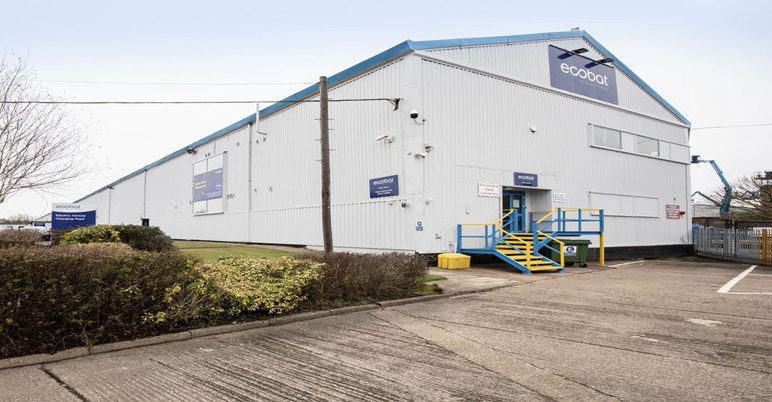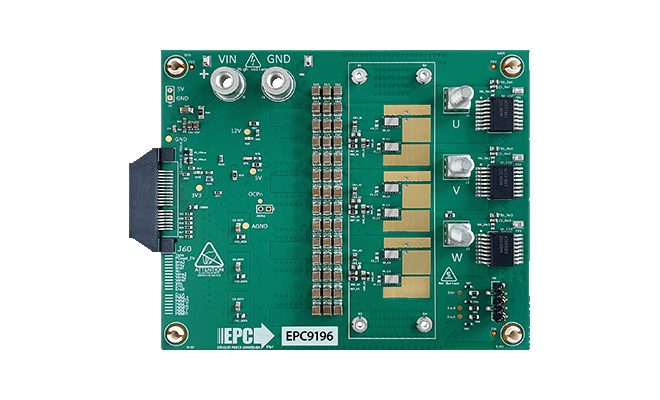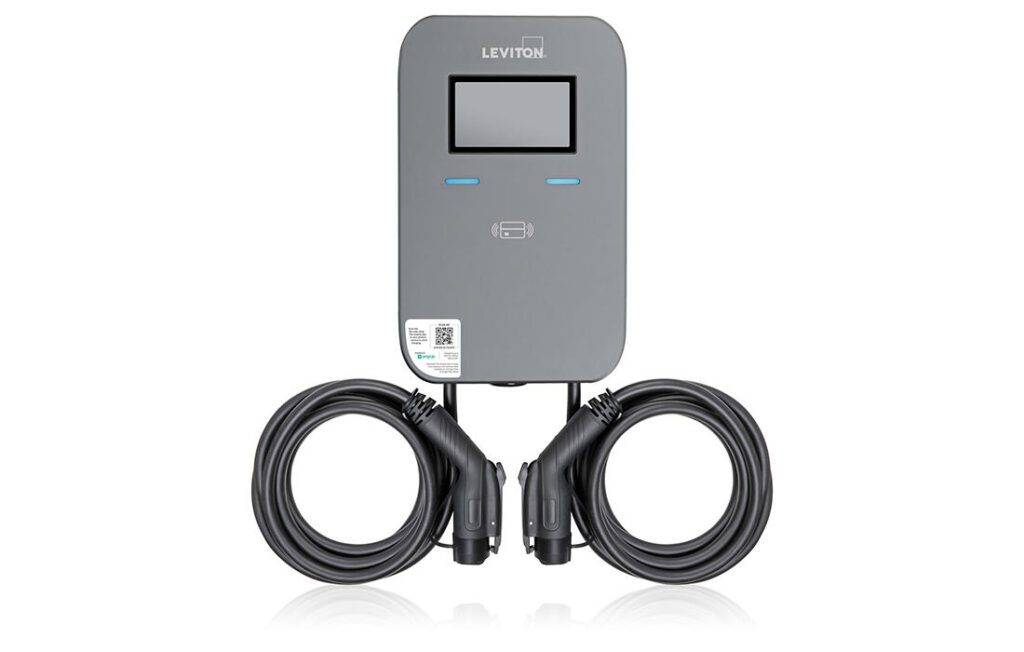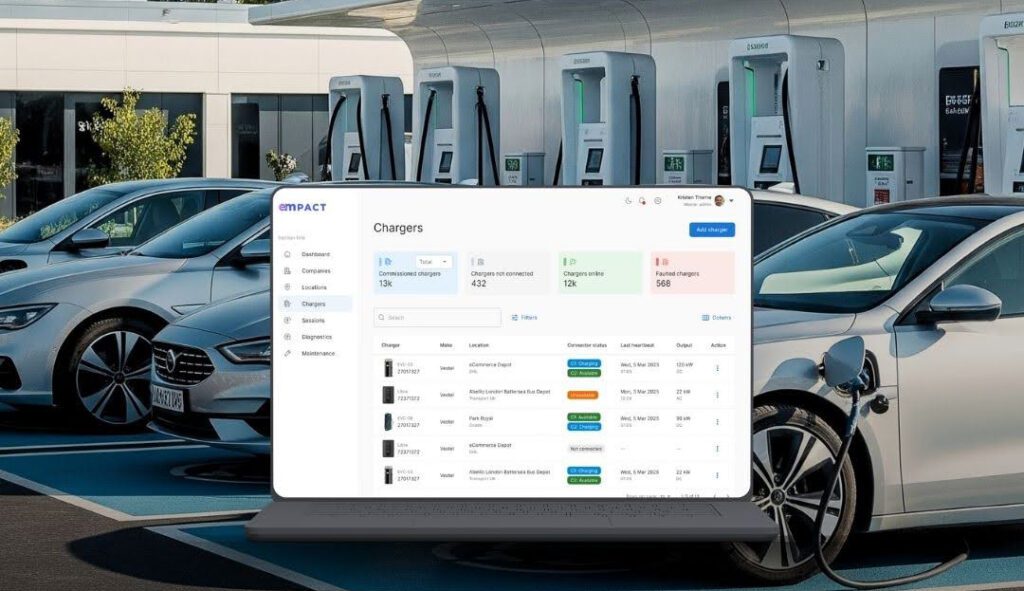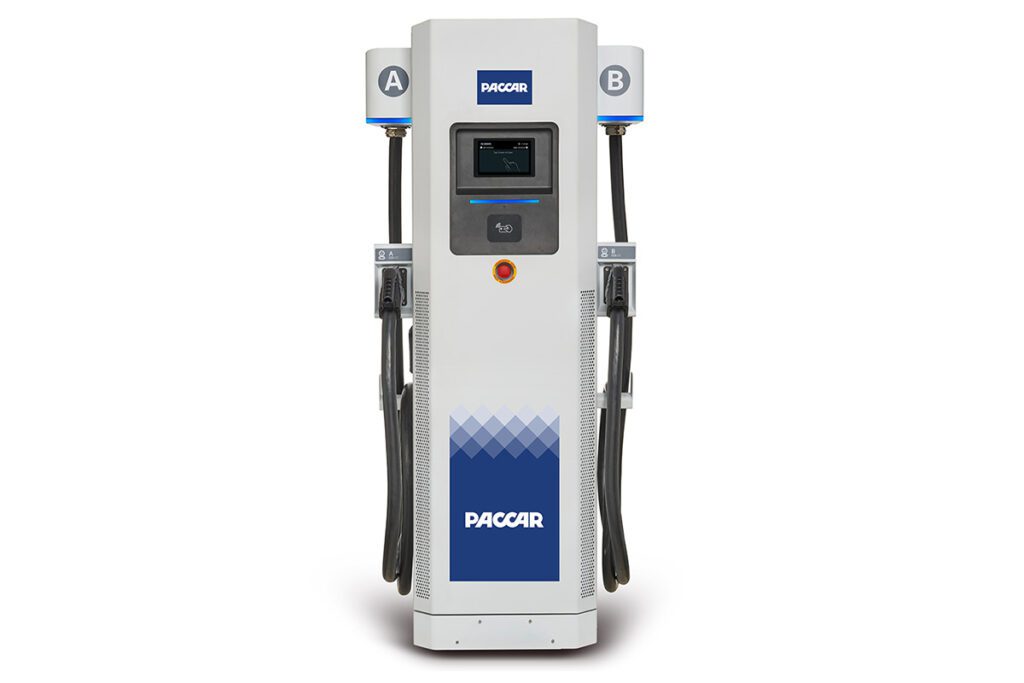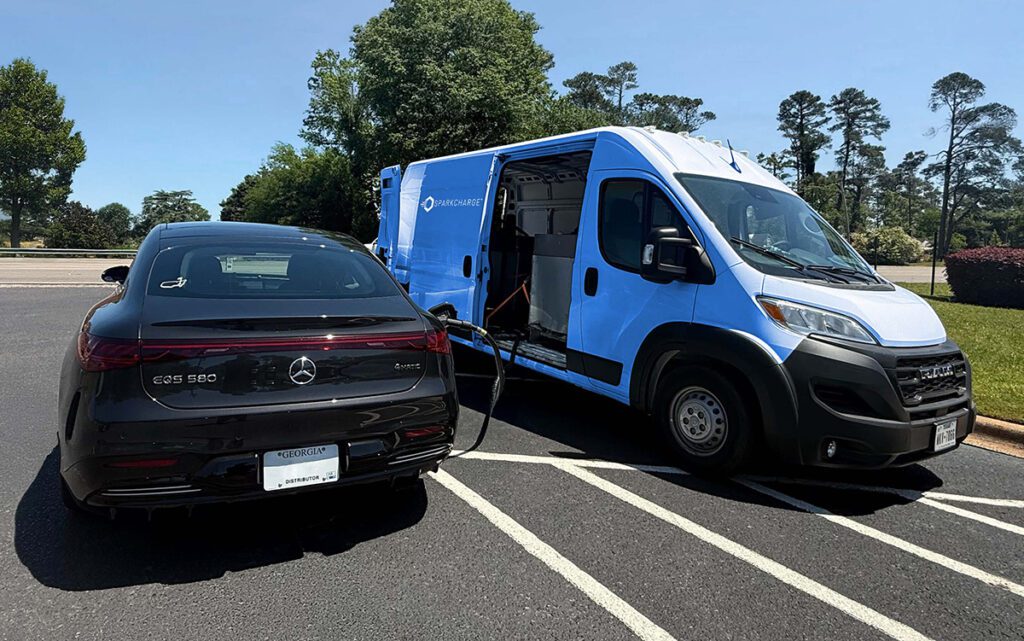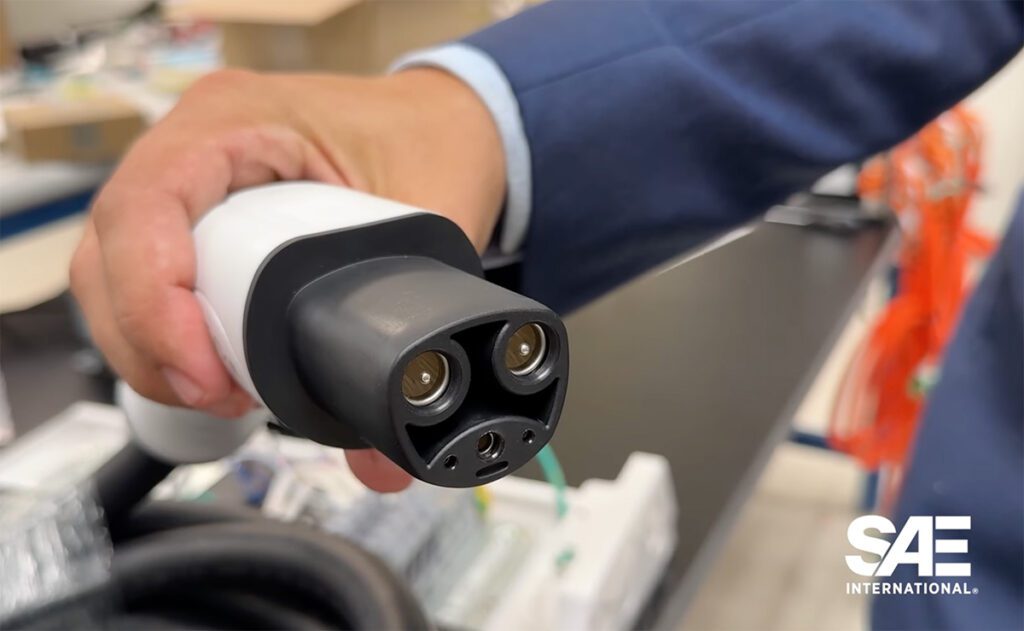Bloomy Controls has launched a new battery-simulating test system that “brings the rigor and discipline of the hardware-in-the-loop (HIL) design validation lab onto the individual desktops of multi-person, multi-site development teams.”
Bloomy’s new Desktop BMS HIL Test System is a smaller, more compact and portable version of the company’s Full and FLEX BMS HIL Systems. The system simulates 24 battery cells, temperature sensors and digital communications using real electronic signals. In large applications such as EVs, these signals simulate a centralized or distributed battery module in order to test the electronics and embedded software of battery-sensitive electronic systems, including the battery management system.
In combination with Bloomy’s Battery HIL Software Architecture, the user can configure manual as well as fully-automated test scenarios, including simulated drive cycles and fault-case scenarios.
Bloomy explains that HIL validation testing is the de facto industry standard for control system validation testing because it maximizes test coverage, including scenarios that are dangerous or impossible to test on an actual vehicle or plant. Battery state of charge (SoC) and state of health (SoH) conditions can be readily simulated using models and HIL.
The Desktop BMS HIL Test System uses Bloomy’s Battery Simulator 1200, which has 12 simulated cells in a 1U package that sink and source current in ways similar to that of a real battery. The system features DSUB connectors and Bloomy’s BMS HIL Software Architecture for fast setup and configuration of test scenarios. Users can implement their own cell chemistry model, or use Bloomy’s parametric 2nd order equivalent circuit model.
“HIL simulator testing, once confined to the lab and requiring specific workflows and resources, is now more convenient, affordable and accessible,” says Bloomy President Peter Blume. “This results in better and more comprehensive testing earlier in the development cycle, which increases productivity, quality and safety.”
“Bloomy’s Desktop BMS HIL Test System allows every battery software, firmware and hardware development engineer to have their own dedicated HIL system on their desk,” said a satisfied Bloomy customer. “This eliminates inefficiencies due to HIL lab resource sharing, and has enabled us to have a globally-dispersed battery engineering team.”
Source: Bloomy Controls




























